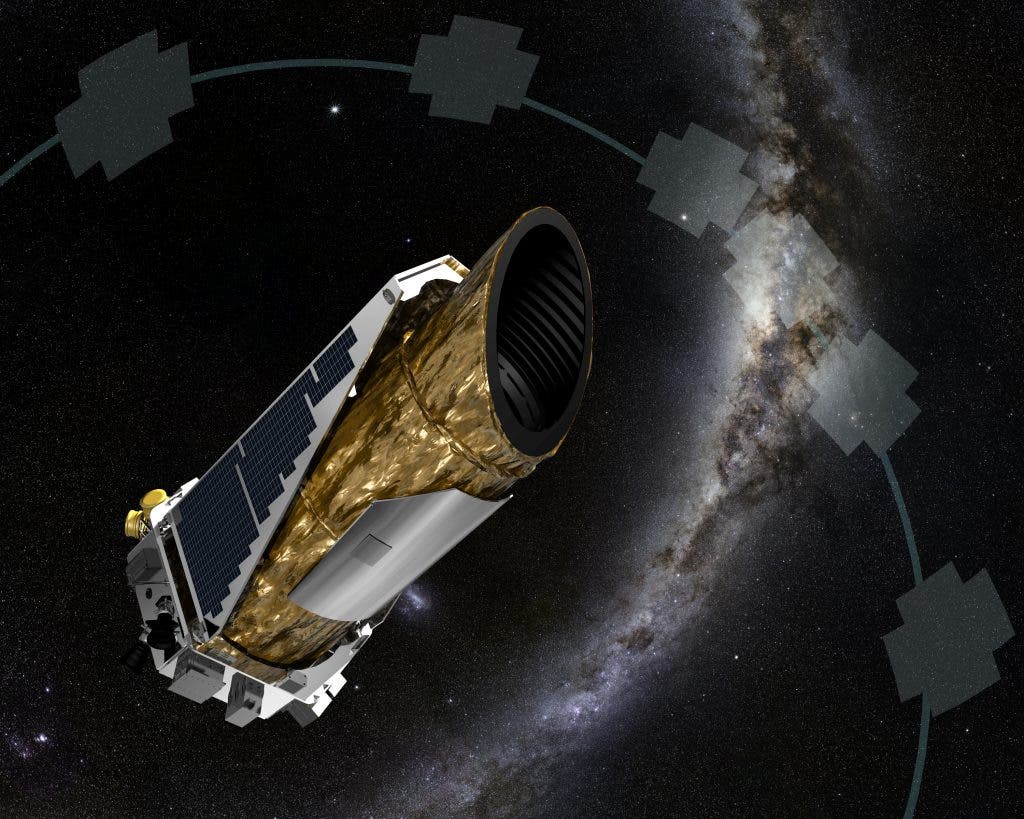Even crippled, NASA’s Kepler telescope makes awesome findings: using data acquired previously, the telescope discovered three planets just a little bigger than Earth orbiting a star relatively close to our solar system.

Kepler is a space observatory launched by NASA to discover Earth-like planets orbiting other stars launched back in 2009. Kepler’s main mission was to discover Earth-size exoplanets in or near the habitable zone and estimate how many of the billions of stars in our galaxy have such planets. Unfortunately, in 2013, Kepler suffered a serious malfunction, one which astronomers and engineers are still working to fix. The entire mission was jeopardized, but with some tweaks and improvements, Kepler still continues to send valuable information – though not at full capacity, it’s still important.
Now, Kepler has found two planets in close proximity to our solar system, orbiting a star; one of them is orbiting the star in the habitable zone, making it one of the most interesting findings.
“This is certainly the most exciting system to come out of it so far,” says Ian Crossfield, an astronomer at the University of Arizona in Tucson. “The mission isn’t over by any means.”
All the newfound planets orbit the star closer than Mercury orbits the sun, but because that star is much smaller and cooler, the temperature is close to that on Earth.
“The outermost planet is kind of like Earth or Venus in terms of how hot it would be, the second is more like Mercury, and the innermost planet is hotter still,” says Crossfield.
This fits in very well with a previous discovery, which found that most of the habitable planets in our galaxy are actually red dwarfs. Doug Caldwell, an exoplanet astronomer at NASA’s Ames Research Center in Moffett Field, California says these are indeed exciting results.
“If these planets do bear out,” he says, “they are the first of the important discoveries that we are hoping for from K2 — nearby habitable zone planets around relatively bright stars.”
Even with so many problems, Kepler is expected to continue and showcase even more interesting plants which have the potential to harbor life.
Journal Reference: et al. http://arxiv.org/1501.03798 (2015).


